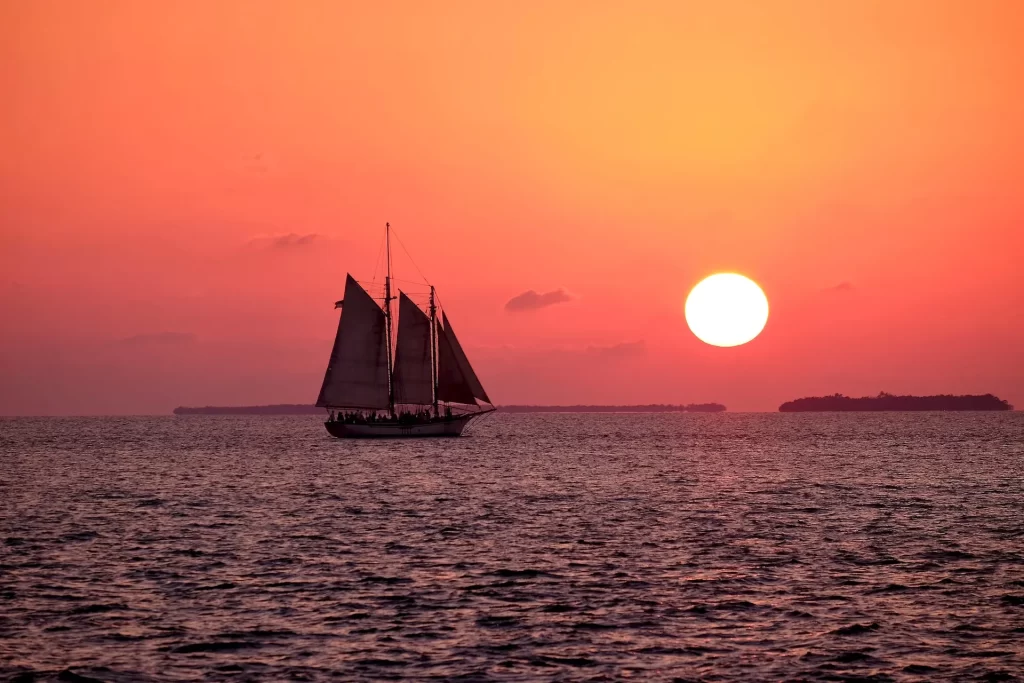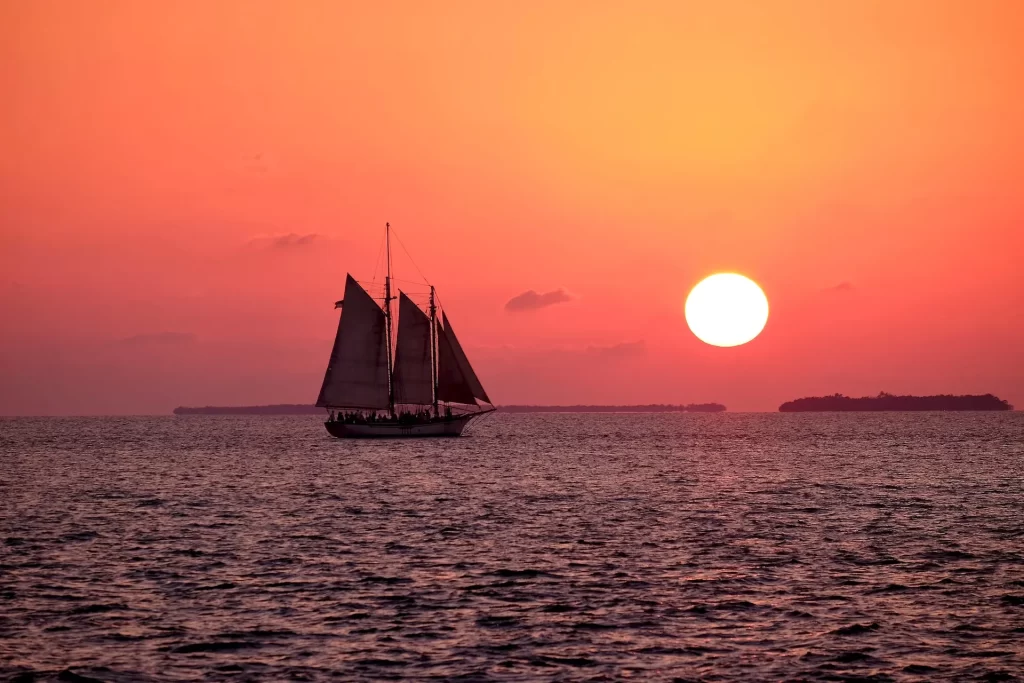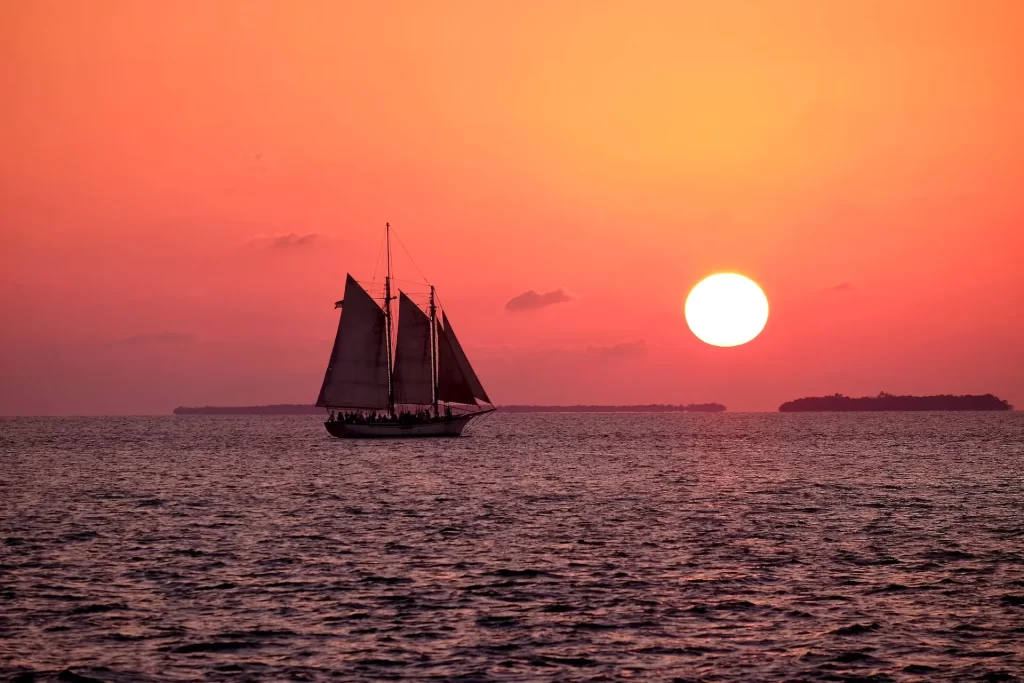When it comes to boating, speed is often the name of the game. Many boat owners purchase high-powered watercraft for the thrill and exhilaration of gliding across the water at top speeds. However, there are times when a boat seems to be running slow, even when the throttle is fully engaged. This can be frustrating and potentially dangerous if it occurs during a critical moment on the water. In this blog post, we will explore the topic of boats running slow at full throttle, delve into the various reasons behind this problem, and offer solutions on how to fix it. So, strap in and let’s dive into the world of watercraft performance and troubleshooting!
Understanding Boat Performance
Before we start exploring the possible causes for a boat running slow at full throttle, it’s important to have a grasp on the factors that influence boat performance. Boat speed is determined by a combination of factors, including hull design, weight distribution, engine power, and propeller choice. Changing any of these factors can significantly impact the overall speed and operation of a watercraft.
Causes of Slow Speed at Full Throttle
There are several reasons that can cause a boat to run slow at full throttle. We will discuss these causes in detail, focusing on engine-related issues, hull and propeller problems, and improper weight distribution.
Engine-Related Issues
Engine performance is crucial to the overall speed and efficiency of a boat. If the engine is not operating at its peak, the boat will be unable to reach top speed, even when the throttle is fully engaged. Here are some common engine-related issues:
- Dirty or clogged fuel system: A dirty fuel system can hinder the flow of fuel, leading to less power produced by the engine. Fuel filters and fuel lines should be regularly checked and maintained to ensure optimal performance.
- Worn-out spark plugs: Spark plugs are responsible for igniting the fuel-air mixture inside the engine. Over time, they can wear out and lose their effectiveness, resulting in a loss of power. Regular spark plug maintenance and replacement are essential for optimal engine performance.
- Inadequate cooling system: An overheating engine will experience decreased performance and may eventually lead to costly damage. Regularly inspect the cooling system for any leaks, blockages or damage, and ensure the coolant levels are always within the recommended range.
Hull and Propeller Problems
The hull and propeller of a boat directly impact its hydrodynamics and overall performance. Problems with either of these components can lead to slow speeds and inefficient operation. Here are some common hull and propeller issues:
- Damaged hull: Dents, cracks, or other damage to the boat hull can cause water resistance and drag, increasing the effort required to move the boat through the water. Inspect the hull periodically and address any damage as soon as possible to maintain optimal performance.
- Fouled or damaged propellers: Marine growth or debris entangled around the propeller can cause drag and reduce the propeller’s efficiency. Additionally, damaged or warped propeller blades can negatively impact water flow and slow down the boat. Regularly inspect and clean the propeller, and promptly repair or replace damaged blades.
Improper Weight Distribution
A boat’s weight distribution has a significant impact on its speed and overall performance. An improperly balanced boat is more challenging to maneuver and can lead to slow speeds, even at full throttle. Here are some tips to ensure proper weight distribution:
- Balance crew and cargo weight: Make sure the weight of passengers and cargo is evenly distributed across the boat, keeping the center of gravity low and near the boat’s center.
- Properly trim the boat: Utilize trim tabs or an adjustable outboard motor to fine-tune the boat’s trim, reducing drag and improving overall speed.
Solutions and Fixes for Slow Speed at Full Throttle
With a clear understanding of the causes, let’s look at some solutions and fixes for increasing boat speed, even when running at full throttle.
Engine Maintenance and Upgrades
Proper engine maintenance and potential upgrades play a crucial role in ensuring top performance.
- Regular engine tune-ups: Schedule routine engine tune-ups, which typically include oil and filter changes, spark plug inspection, fuel system cleaning, and cooling system maintenance.
- Upgrade to a high-performance air filter: High-performance air filters can improve air intake and engine efficiency, leading to increased power and speed.
- Upgrade the engine: If the boat’s engine is old or underpowered, an engine upgrade or replacement can significantly improve performance and speed. Consult with a marine mechanic to determine the best option for your boat.
Hull and Propeller Maintenance
Keeping the hull and propeller in good condition will ensure minimal drag and optimal hydrodynamics.
- Regular hull cleaning: Clean the boat hull regularly, removing any marine growth or debris that could cause drag.
- Apply anti-fouling paint: Coating the hull with anti-fouling paint can prevent the buildup of marine organisms, reducing the maintenance required and improving speed.
- Choose the right propeller: Work with a professional to choose the best propeller for your boat, taking into consideration factors like propeller material, size, and pitch.
Proper Weight Distribution and Trim
Ensuring proper weight distribution and trim can greatly improve boat speed and performance.
- Be mindful of cargo and crew placement: When loading the boat, be mindful of distributing weight evenly and in a manner that promotes a balanced center of gravity.
- Adjust the trim: Fine-tune the boat’s trim while underway, using trim tabs or an adjustable outboard motor to achieve the ideal orientation for optimal speed and efficiency.
Final Remarks
A boat that runs slow at full throttle can be frustrating, but with proper maintenance, upgrades, and a keen eye for potential issues, this can be a problem of the past. By addressing engine-related problems, maintaining the hull and propeller, and ensuring proper weight distribution and trim, you can keep your boat running at peak performance and enjoy those high-speed thrills on the water.
Frequently Asked Questions
Why does my boat bog down when I give it gas?
There could be several reasons for this issue, such as a clogged fuel line or filter, water in the fuel, or a dirty carburetor. Additionally, it might be due to a damaged or worn-out propeller, or the boat could be overloaded, causing excess strain on the engine.
Is it bad to run a boat full throttle?
Running a boat at full throttle for extended periods can cause increased wear and tear on the engine and components. While it’s not necessarily bad to run at full throttle occasionally, consistently pushing the engine to its limits can shorten its lifespan and increase the risk of damage or failure.
What are the symptoms of a bad trigger on an outboard?
A bad trigger on an outboard engine can cause various symptoms, such as rough idling, poor acceleration, stalling, misfiring, difficulty starting the engine, or even an inability to start at all. It can also cause a drop in engine performance, fuel efficiency, and overall power output.
Why does my outboard motor die at full throttle?
If your outboard motor dies at full throttle, it could be due to a fuel delivery issue, such as a clogged fuel filter, a faulty fuel pump, or a blocked fuel line. Alternatively, the problem could be related to the ignition system, like a failing ignition coil or damaged spark plugs. A damaged or worn-out propeller might also cause this issue.
Why is my boat running slow at full throttle?
A boat may run slow at full throttle because of a dirty or damaged propeller, overloading, or an issue with the engine itself. Issues with the fuel system, such as dirty fuel or clogged fuel lines, could also contribute to a loss of speed at full throttle.
How can I improve my boat’s top speed?
To improve your boat’s top speed, ensure that the hull and propeller are clean and well-maintained, reduce any unnecessary weight or drag, and make sure the engine is in good condition with proper maintenance. Additionally, ensuring that the boat is properly trimmed can also help achieve optimal performance and top speed.
What causes a boat to lose power under load?
A boat might lose power under load due to fuel delivery issues (e.g., clogged fuel lines, a dirty carburetor), ignition system problems (e.g., worn spark plugs, faulty ignition coils), or mechanical issues (e.g., damaged propeller, worn engine parts). Ensuring regular maintenance can help reduce these issues and keep your boat’s performance optimal.
How do I know if my boat’s propeller is the wrong size?
If your boat’s propeller is the wrong size, you may experience poor acceleration, difficulty planing, or an inability to reach the engine’s maximum RPMs. A propeller with too much pitch can strain the engine, while one with too little pitch can make the engine run at excessive RPMs.
Can a damaged propeller cause a boat to run slow?
Yes, a damaged propeller can cause a boat to run slow, as it may not deliver the necessary thrust to achieve optimal speed. Damage to the propeller, such as bent, chipped, or missing blades, can also cause increased resistance, making the boat less efficient and causing it to consume more fuel.
What factors can impact a boat’s performance?
Several factors can impact a boat’s performance, including hull and propeller condition, engine and fuel system maintenance, weight distribution and load, water conditions, and proper trimming. Ensuring regular maintenance, using the appropriate propeller size, and reducing unnecessary weight can help improve performance.
- Addressing Common Stik Boat Problems: Expert Solutions and Tips - June 15, 2023
- Sea Hunt Boat Problems: Common Issues & Solutions Explored - June 15, 2023
- Rinker Boat Problems: Top Issues & Solutions for Owners - June 15, 2023








